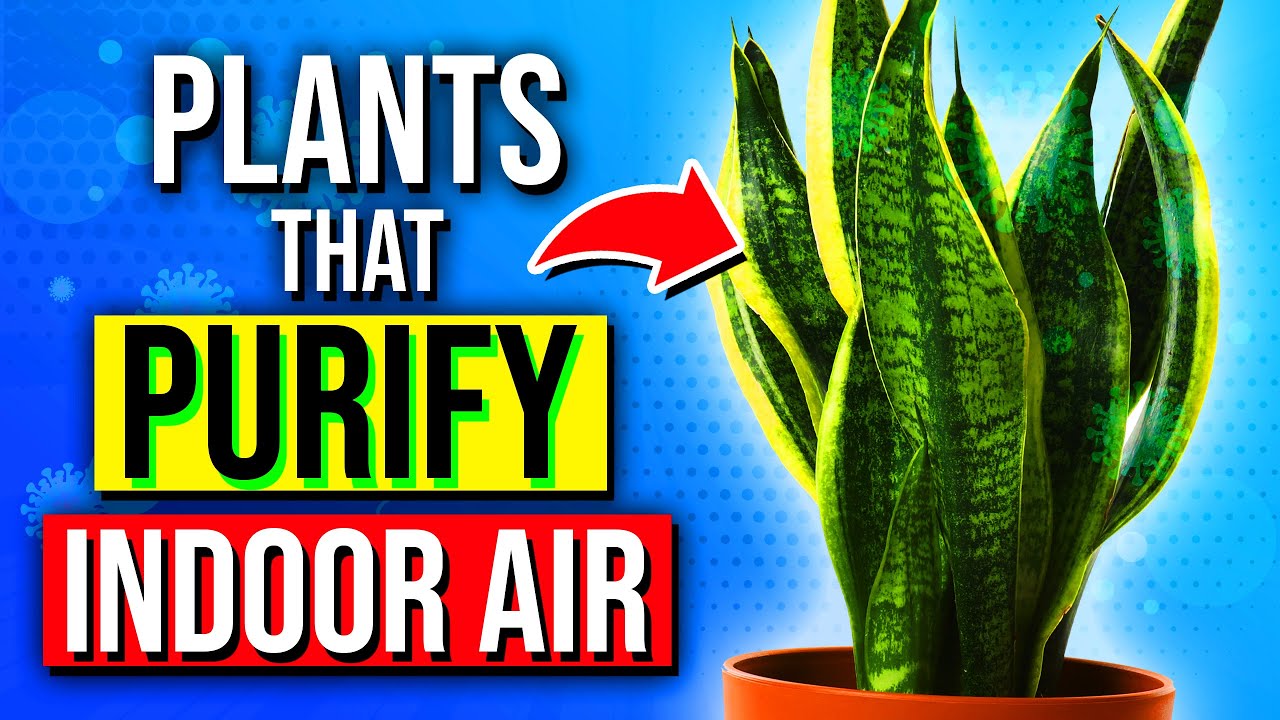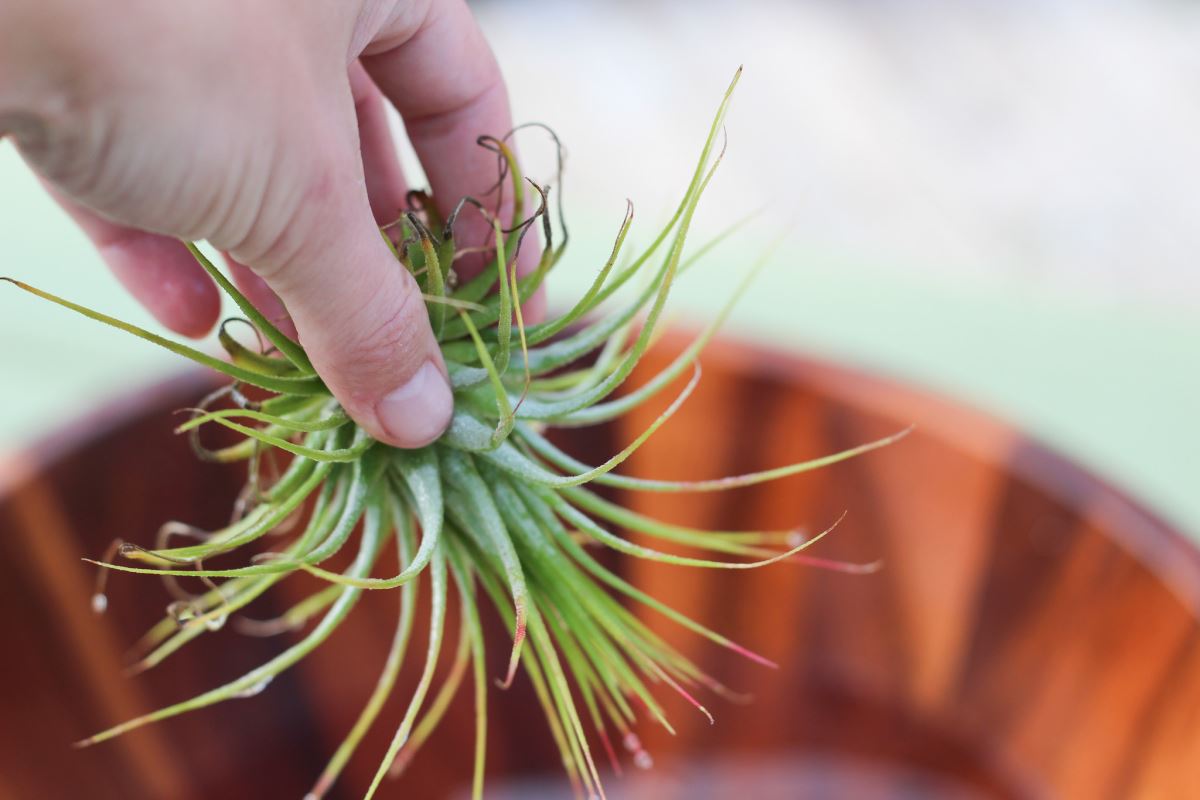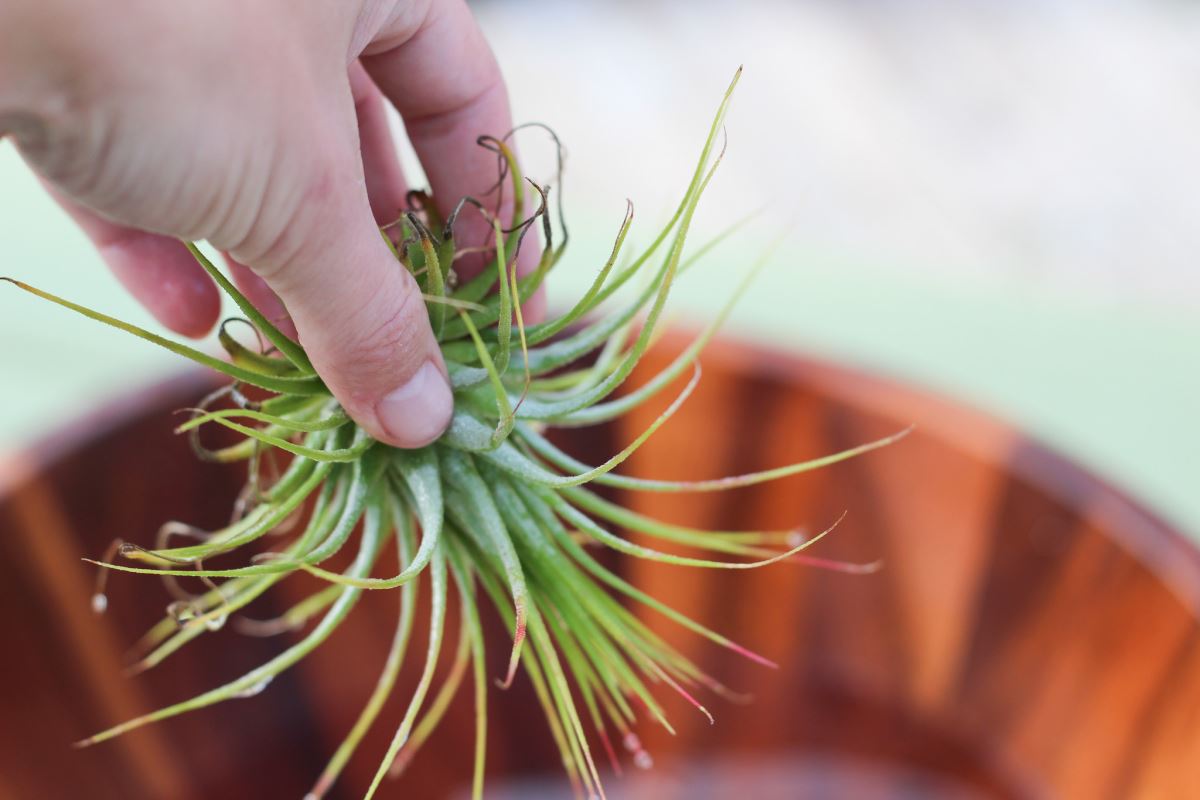How to Keep Air Plants Hydrated Indoors: These fascinating botanical wonders, unlike their terrestrial counterparts, thrive without soil, drawing moisture from the air. This unique adaptation makes them a popular choice for indoor gardens, but it also presents a unique challenge: ensuring adequate hydration.
Understanding the specific needs of air plants and mastering the art of hydration is key to their thriving indoors.
This guide will delve into the intricacies of keeping air plants hydrated, exploring various methods, creating the perfect environment, and identifying signs of both dehydration and overwatering. With a little knowledge and care, you can ensure your air plants flourish in your home, adding a touch of natural beauty and tranquility.
Understanding Air Plants

Air plants, also known as epiphytes, are a fascinating group of plants that have adapted to thrive without soil. Unlike traditional potted plants, air plants obtain their nutrients and moisture from the air and their surroundings.
Natural Habitats and Moisture Absorption
Air plants are native to tropical and subtropical regions of the world, where they typically grow on trees, rocks, or other surfaces. Their unique ability to absorb moisture directly from the air is what makes them so special. Air plants have specialized structures called trichomes that cover their leaves and stems.
These trichomes are tiny, hair-like structures that absorb moisture from the air, rain, and even dew. The trichomes also help to capture nutrients from the air, such as dust and organic matter.
Types of Air Plants
There are over 650 species of air plants, each with its own unique characteristics and needs. Some of the most popular types of air plants include:
- Tillandsia ionantha (Pink Quill): This species is known for its bright pink flowers and is a relatively easy air plant to care for.
- Tillandsia xerographica (Xerographica): This species has large, silvery-green leaves and is known for its drought tolerance.
- Tillandsia aeranthos (Sky Plant): This species has long, slender leaves and produces vibrant red or purple flowers.
While all air plants share the ability to absorb moisture from the air, different species have different needs in terms of light, humidity, and watering frequency.
“Air plants are fascinating because they have evolved to thrive in environments where traditional plants cannot.”
Creating a Suitable Environment for Air Plants

Air plants thrive in environments that mimic their natural habitats, which are often humid and well-ventilated. To successfully cultivate air plants indoors, it is essential to understand their specific needs and create a suitable environment that promotes their growth and well-being.
Temperature Range
Air plants prefer temperatures between 65°F and 85°F (18°C and 29°C). They are sensitive to extreme temperatures, so it is important to avoid exposing them to drafts, cold windows, or direct sunlight that can cause overheating. Air plants are not frost-tolerant, and temperatures below 50°F (10°C) can damage them.
Airflow and Ventilation
Adequate airflow is crucial for air plants to thrive. They require constant circulation to prevent moisture buildup and fungal growth. Good ventilation helps to regulate humidity and prevent stagnant air. It is recommended to place air plants in well-ventilated areas, such as near open windows or fans.
While air plants don’t require soil, they still need regular hydration. To keep them thriving indoors, mist them with water several times a week or soak them in a bowl of water for 15-30 minutes. If you notice small flying insects, you may have a gnat infestation, which is common in overly moist environments.
How to Deal with Gnats in Potted Plants can help you resolve this issue, ensuring your air plants continue to thrive in a pest-free environment.
Humidity
Air plants thrive in humid environments, similar to their tropical and subtropical origins. Indoor environments can be dry, especially during the winter months. To maintain optimal humidity levels, you can:
- Group air plants together to create a microclimate.
- Place air plants on pebble trays filled with water. The water evaporates, increasing humidity around the plants.
- Use a humidifier to increase humidity levels in the surrounding area.
- Mist air plants regularly, especially during dry periods.
Choosing the Right Location
Air plants require bright, indirect light to thrive. They should be placed in areas that receive several hours of filtered sunlight daily. Avoid placing them in direct sunlight, which can scorch their leaves. It is essential to choose a location with good air circulation, ensuring that the air plants are not exposed to drafts or stagnant air.
Keeping air plants hydrated indoors can be tricky, as they rely on humidity and occasional misting. However, if you’re looking for a low-maintenance way to add greenery to your home, air plants are a great option. Just like air plants, hanging plants can also be a beautiful addition to your home, but repotting them can be a messy task.
Fortunately, there are simple techniques to avoid a disaster, like the ones outlined in this guide on How to Repot Hanging Plants Without Making a Mess. Once you’ve mastered the art of repotting, you can enjoy your lush, healthy air plants and hanging plants for years to come.
Signs of Dehydration and Overwatering
Understanding the signs of dehydration and overwatering is crucial for maintaining the health of your air plants. Observing these visual cues will help you intervene before the plant’s condition worsens.
Signs of Dehydration, How to Keep Air Plants Hydrated Indoors
Dehydration in air plants is a common occurrence, especially in dry indoor environments. It’s important to identify the signs early to prevent further damage.
- Leaf Color Changes:Dehydrated air plants often exhibit a change in leaf color, turning from a vibrant green to a dull, grayish-green or even brown. This color change is a result of the plant losing moisture and chlorophyll, which is responsible for photosynthesis.
- Leaf Texture Changes:The texture of dehydrated air plant leaves will become dry, brittle, and may even appear shriveled or wrinkled. The leaves may feel stiff and lose their characteristic softness.
- Leaf Curling:As the plant loses moisture, the leaves may curl inwards to conserve water. This curling is a protective mechanism, but if left untreated, it can lead to further dehydration and damage.
Signs of Overwatering
While air plants thrive in humid environments, they are susceptible to overwatering, which can lead to serious consequences.
- Root Rot:Overwatering can cause the roots of the air plant to rot. This happens when the roots are constantly exposed to moisture, leading to fungal growth and decay. Signs of root rot include a slimy, foul odor emanating from the base of the plant and a mushy texture to the roots.
- Leaf Discoloration:Overwatering can also cause discoloration in the leaves of air plants. This may manifest as yellowing, browning, or even blackening of the leaves. In extreme cases, the leaves may become mushy and fall off.
- Slow Growth:Overwatering can stunt the growth of air plants. If you notice your air plant isn’t growing as quickly as it should, it could be a sign that it’s being overwatered.
Identifying the Cause of Dehydration or Overwatering
- Environmental Factors:Dry indoor air, low humidity, and lack of proper air circulation can all contribute to dehydration in air plants. On the other hand, excessive watering, infrequent misting, or using water with high mineral content can lead to overwatering.
- Plant Type:Different air plant species have varying tolerances for humidity and watering. Some species are more prone to dehydration, while others are more susceptible to overwatering. It’s important to research the specific needs of your air plant species.
- Visual Inspection:Carefully examine your air plant for signs of dehydration or overwatering. Look for color changes, texture changes, leaf curling, root rot, or leaf discoloration. These visual cues will provide valuable insights into the plant’s health and help you determine the cause of the problem.
Maintaining Air Plant Health

Just like any other plant, air plants require regular care and attention to thrive. Maintaining their health involves a combination of practices that ensure they receive the necessary nutrients, are free from debris and pests, and have a suitable environment.
Cleaning Air Plants
Regular cleaning is crucial for air plant health. Dust, debris, and mineral buildup can clog their stomata, hindering their ability to absorb moisture and nutrients.
- Soak the air plant in lukewarm water for 15-20 minutes.This helps loosen any accumulated debris and allows the plant to rehydrate.
- Gently rinse the plant under running water, ensuring all debris is removed.
- Allow the plant to air dry completelybefore returning it to its designated location.
Fertilizing Air Plants
Air plants are not heavy feeders, but they do benefit from occasional fertilization. Fertilizers provide essential nutrients that promote healthy growth and flowering.
- Use a balanced, water-soluble fertilizer diluted to one-quarter strength.
- Apply fertilizer every 4-6 weeksduring the growing season (spring and summer).
- Avoid over-fertilizing, as it can lead to mineral buildup and damage the plant.
Preventing Pests and Diseases
Air plants are relatively resistant to pests and diseases, but they can still be susceptible under certain conditions.
- Inspect plants regularlyfor any signs of infestation or disease.
- Isolate any affected plantsto prevent the spread of pests or diseases.
- Use a mild insecticidal soapto treat any pest infestations.
- Avoid overwatering, as this can create conditions favorable for fungal growth.
- Ensure good air circulationaround the plants to prevent the buildup of humidity.
Final Summary
By understanding the unique needs of air plants, employing the right hydration methods, and creating an ideal environment, you can unlock the potential of these fascinating botanical wonders. With proper care, your air plants will not only survive but thrive, adding a touch of natural beauty and vibrancy to your home.
Remember, air plants are resilient and adaptable, but they require a little extra attention to thrive indoors. With patience, observation, and a little experimentation, you can cultivate a thriving air plant collection that will bring joy for years to come.
FAQs: How To Keep Air Plants Hydrated Indoors
How often should I water my air plants?
The frequency of watering air plants depends on the method used, humidity levels, and the specific air plant species. A general guideline is to soak air plants once a week in the warmer months and every two weeks during the cooler months.
However, it’s best to observe your plants and adjust the watering schedule based on their needs.
What are the best air plants for beginners?
Some beginner-friendly air plants include Tillandsia ionantha (Pink Quill), Tillandsia aeranthos (Sky Plant), and Tillandsia xerographica (Xerographica). These species are known for their resilience and adaptability, making them ideal for novice air plant enthusiasts.
Can I use tap water to water my air plants?
While tap water can be used, it’s best to use filtered or distilled water for air plants. Tap water often contains minerals and chemicals that can build up on the plant’s surface and impede its ability to absorb moisture.

